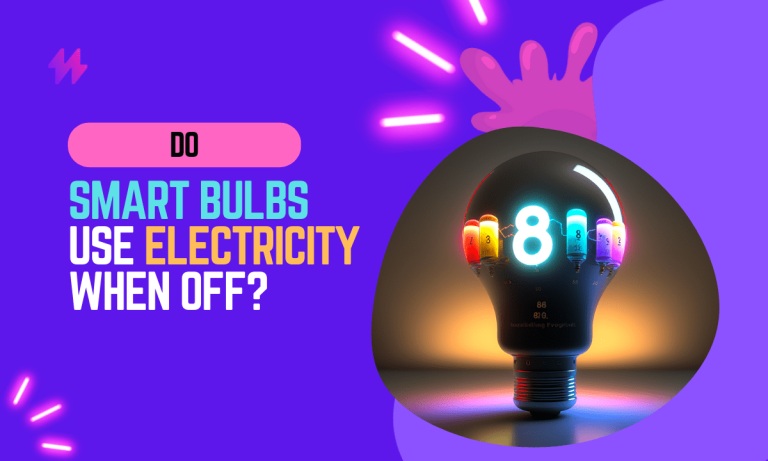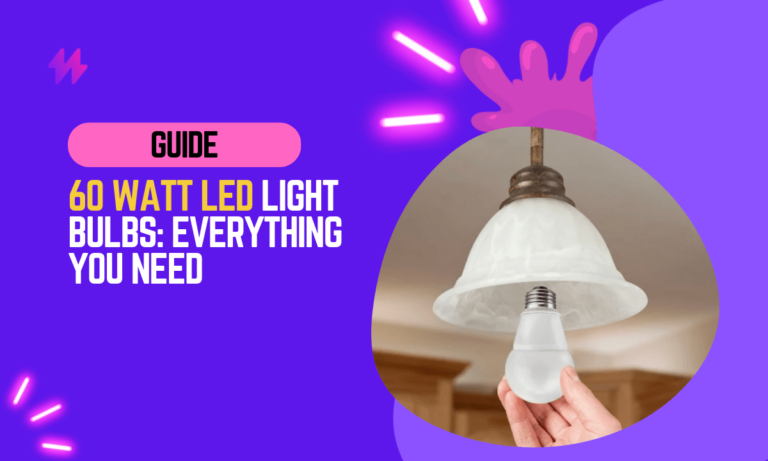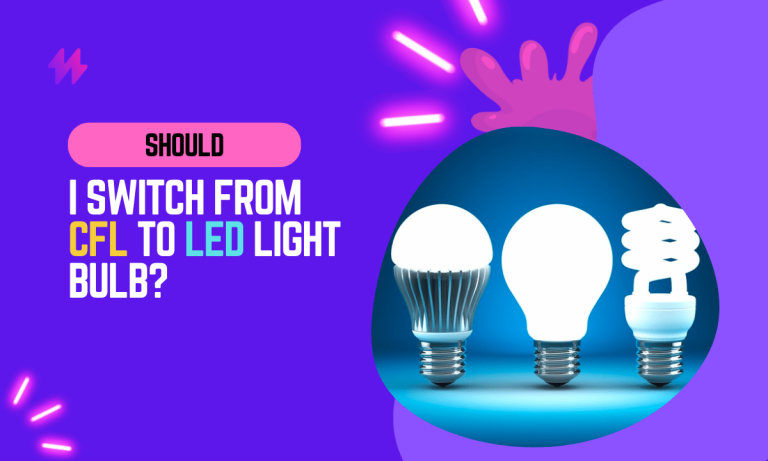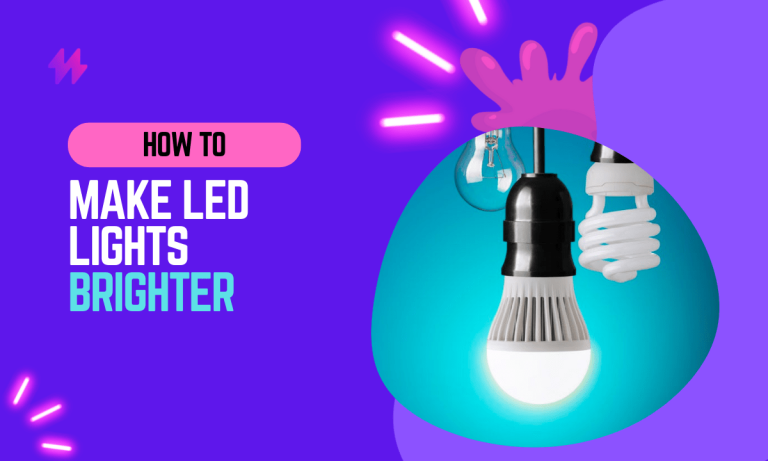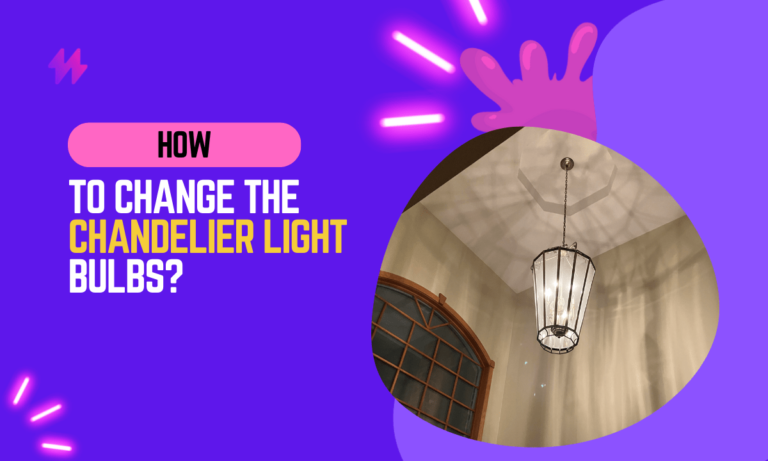5 Reasons to Switch to Ecosmart Light Bulbs
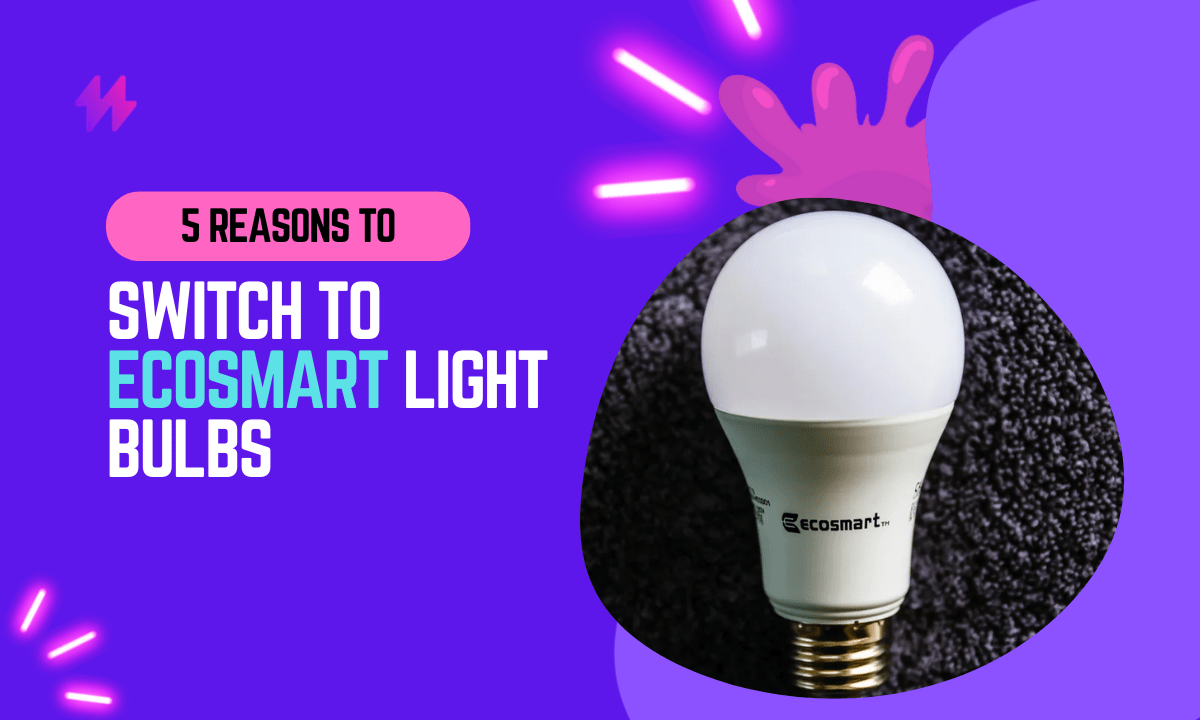
In today’s world, energy efficiency and environmental sustainability are more important than ever before. Ecosmart light bulbs are a remarkable solution that combines both of these crucial aspects while also providing numerous benefits for you as a business and a consumer.
Ecosmart light bulbs are a brand of energy-efficient lighting solutions that are designed to minimize energy consumption without compromising on quality or performance. These bulbs incorporate advanced technologies and innovative designs to offer an eco-friendly alternative to traditional incandescent.
5 Reasons Why Ecosmart Bulbs Are the Smart Choice
Ecosmart light bulbs are a great option for those who are looking to save money on their energy bills and reduce their environmental impact. These bulbs use less energy than traditional incandescent bulbs and last much longer, meaning you’ll save money in the long run. Ecosmart light bulbs are also made with sustainable materials, so you can feel good about using them.
Here are 5 reasons to make people understand why you should switch to Ecosmart light bulbs:
Energy Efficiency
Ecosmart light bulbs are meticulously engineered to prioritize energy efficiency. They incorporate advanced technologies such as LED and utilize significantly less energy compared to traditional incandescent or CFL bulbs. The LED technology in Ecosmart bulbs allows for the conversion of a higher percentage of electrical energy into visible light, minimizing wasted energy as heat.
Additionally, Ecosmart bulbs often meet or exceed ENERGY STAR requirements, which means they have undergone rigorous testing and meet strict criteria for energy efficiency set by the U.S. Environmental Protection Agency (EPA). This ensures that Ecosmart bulbs deliver optimal performance while consuming minimal energy.
Ecosmart, are up to 80% more energy-efficient than traditional incandescent bulbs. This significant energy reduction translates into substantial cost savings on electricity bills over the lifespan of the bulbs.
Also read: Which Is the Brightest Light Bulb?
Cost Savings
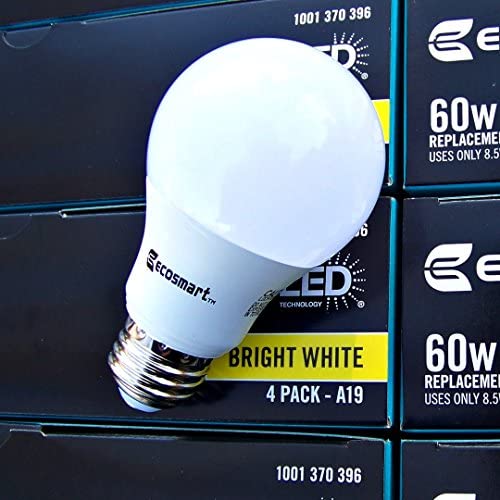
One of the most compelling reasons to choose to switch to Ecosmart light bulbs is the significant cost savings they offer in the long run. While the initial purchase price of Ecosmart bulbs may be slightly higher compared to the price of traditional bulbs, their energy efficiency and extended lifespan make them a wise investment.
Let’s do some calculations based on average usage and energy costs to illustrate the potential financial benefits of switching to Ecosmart light bulbs. Suppose you have six light fixtures in each room of your home that are each equipped with 60-watt incandescent bulbs, and you keep them on for an average of five hours per day.
With incandescent bulbs, you would consume approximately 180 watts of power daily (6 bulbs x 60 watts). In a year, this would amount to around 65,700 watts or 65.7 kilowatt-hours (kWh). If your electricity rate is $0.12 per kWh, you would spend approximately $7.88 per year on electricity for those six bulbs.
Now, let’s consider replacing those incandescent bulbs with Ecosmart LED bulbs that consume only 9 watts each. With the same usage and electricity rate, your annual electricity cost would reduce to approximately $1.18, resulting in savings of $6.70 per year. Over the lifespan of LED bulbs, which can last up to 25,000 hours, the accumulated savings can be quite substantial.
Environmental Impact
Ecosmart light bulbs, particularly LED bulbs, significantly reduce carbon footprint and greenhouse gas emissions compared to traditional bulbs. LED’s latest technology is highly energy-efficient, converting a greater percentage of electrical energy into visible light while generating less heat. This translates into reduced energy consumption, which, in turn, lowers the demand for electricity produced from fossil fuel sources.
LED bulbs consume 75% less energy and emit 75% fewer greenhouse gas emissions than incandescent bulbs over their lifetime.
Moreover, Ecosmart light bulbs are designed to be recyclable, which further reduces their environmental impact. When it comes time to replace your Ecosmart bulbs, it is recommended to recycle them at designated recycling centers to ensure that valuable materials can be recovered and reused.
Also read: Do Smart Bulbs Use Electricity When Off?
Longevity and Durability

One of the notable advantages of Ecosmart light bulbs is their extended lifespan. Traditional incandescent bulbs have a relatively short lifespan, typically ranging from 750 to 2,000 hours. In contrast, Ecosmart bulbs, particularly LED bulbs, have an exceptionally long lifespan, often lasting up to 25,000 hours or even more, depending on the specific product model and usage.
LED bulbs, in particular, have a solid-state construction, making them more resistant to shock, vibration, and impact compared to fragile incandescent bulbs. This added durability ensures that Ecosmart bulbs are less prone to breakage and can withstand the rigors of everyday handling and installation.
Firstly, a longer lifespan means fewer bulb replacements, reducing the consumption of resources and minimizing waste generation. Secondly, the durability of Ecosmart bulbs ensures that they remain operational even in high-impact environments or areas prone to vibrations, in things such as ceiling fans or outdoor fixtures.
Light Quality and Options
Ecosmart offers a wide range of light options to cater to different preferences and lighting needs. One key feature is the availability of various color temperatures. Color temperature refers to the perceived warmth or coolness of the light emitted by a bulb. Ecosmart bulbs come in a variety of color temperatures, from warm white (2700K) to soft white to daylight (5000K), allowing you to create the desired ambiance in different spaces.
Dimmable Ecosmart bulbs enable you to select how to adjust them to create cozy, ambient lighting for relaxing evenings or increase the brightness for focused tasks or gatherings.
Furthermore, Ecosmart offers select specialty bulbs with unique features such as smart bulbs that can be controlled remotely via smartphone apps or voice commands, allowing for convenient access to automation and personalized lighting experiences.
Conclusion
In conclusion, making the switch to Ecosmart light bulbs presents numerous advantages that extend beyond simple energy efficiency to broader environmental and economic impacts. Firstly, Ecosmart bulbs, which are typically LED-based, consume significantly less power compared to traditional incandescent and halogen bulbs. This reduction in energy consumption translates directly into lower electricity bills, offering substantial cost savings over the bulb’s lifespan. Moreover, the longevity of these bulbs means that the need for frequent replacements is greatly reduced, further diminishing the ongoing costs and the environmental impact associated with manufacturing, packaging, and shipping replacement bulbs.
Additionally, Ecosmart light bulbs contribute to a more sustainable living environment by reducing household carbon footprints. Using less energy means that fewer greenhouse gases are emitted by power plants, which helps combat climate change. Furthermore, the non-toxic materials used in Ecosmart bulbs, unlike the mercury found in CFL bulbs, make them safer for home use and easier to recycle. This aspect not only enhances the environmental friendliness of the bulbs but also aligns with global trends towards safer, more eco-conscious consumer products. By opting for Ecosmart bulbs, consumers are not only investing in their household’s energy efficiency but are also participating in a larger movement towards sustainability and environmental responsibility. This shift is not just about lighting but about fostering a more energy-conscious culture that values long-term ecological health alongside immediate utility savings.

